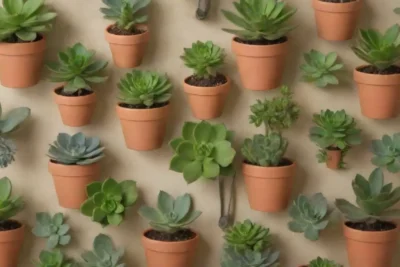
The Ultimate Guide to Succulent Fertilizers and Dispensing Tools
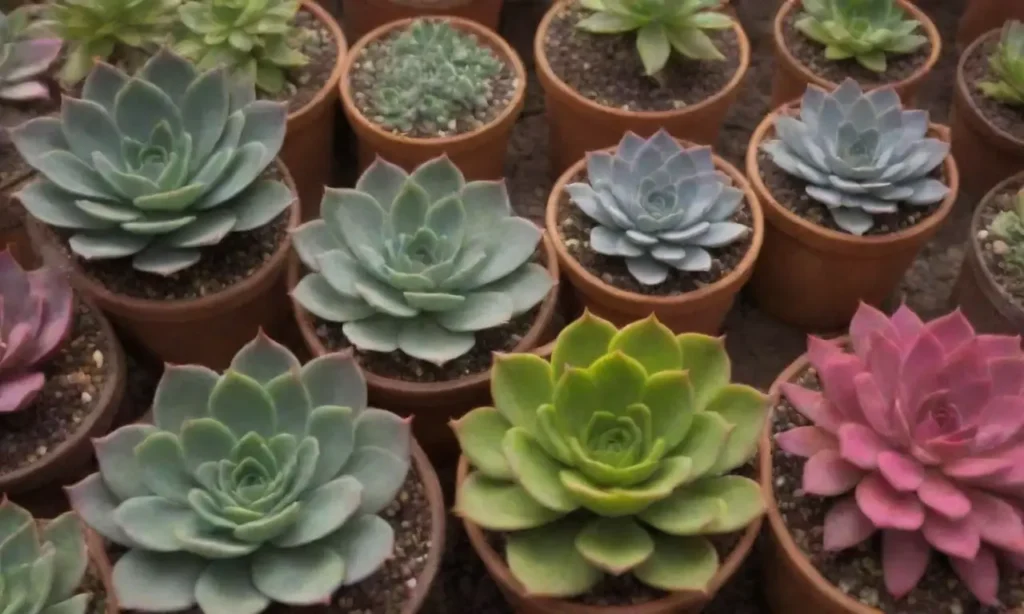
Introduction
Succulents have gained tremendous popularity in recent years, capturing the hearts of gardening enthusiasts and casual plant lovers alike. These fascinating plants are not only low-maintenance but also come in a variety of colors and shapes, making them perfect for any indoor or outdoor environment. However, maintaining their health and vibrancy often relies on understanding the correct fertilization and care practices to support their unique growth needs.
In this article, we will delve into the world of succulent fertilizers and the essential dispensing tools that can help you optimize the growth of your succulent collection. We'll explore the different types of fertilizers available, their components, and how to effectively apply them using various tools, ensuring your plants thrive beautifully in your home or garden.
Understanding Succulent Fertilizers
Succulent fertilizers are specially formulated nutrients that aid in the healthy growth of succulent plants. These fertilizers comprise essential nutrients that succulents require, such as nitrogen, phosphorus, and potassium. Each nutrient plays a distinct role in plant development; for instance, nitrogen promotes leaf and stem growth, phosphorus supports root development and flowering, while potassium enhances overall plant vigor and disease resistance.
When selecting a fertilizer for your succulents, it is vital to consider both the NPK ratio (which indicates the ratio of nitrogen, phosphorus, and potassium) and any additional nutrients that may benefit your plants. Typically, succulents thrive with a balanced NPK ratio of about 2:1:2 or a lower concentration. Over-fertilizing succulents can lead to nutrient burn or damage, so it is essential to use fertilizers specifically designed for cacti and succulents.
Types of Succulent Fertilizers
There are several types of succulent fertilizers available, including liquid fertilizers, granular fertilizers, and slow-release fertilizers.
Liquid Fertilizers: These are perhaps the most popular choice among succulent enthusiasts due to their ease of application and immediate nutrient availability. Liquid fertilizers can be diluted with water and applied during regular watering sessions or used as a foliar spray. They usually contain soluble nutrients that are quickly absorbed by the plant, making them an excellent choice for weekly or bi-weekly feedings.
Granular Fertilizers: Unlike liquid options, granular fertilizers are solid and can be sprinkled onto the soil surface or mixed with potting soil. They usually offer a more prolonged nutrient release compared to liquid fertilizers, making them suitable for less frequent applications. However, gardeners must water the soil adequately after applying granular fertilizers to ensure that the nutrients are dissolved and absorbed effectively by the succulent roots.
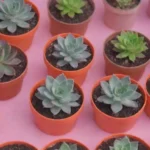 Top 10 Hand Tools for Ultimate Succulent Care and Maintenance
Top 10 Hand Tools for Ultimate Succulent Care and MaintenanceSlow-Release Fertilizers: These specially formulated fertilizers release nutrients gradually over an extended period, providing a consistent supply of essential nutrients to the plants. This option is convenient for busy gardeners, as they only need to apply it during the initial planting or repotting stage, allowing plants to receive nutrients for several months without frequent applications.
Natural and Organic Options
For those seeking a more sustainable approach, natural and organic fertilizers are increasingly gaining traction in the gardening community. Options such as compost tea, worm castings, or even banana peels can provide essential nutrients while also promoting soil health. Organic fertilizers not only support the plant's needs but also contribute to a more balanced and thriving ecosystem within the pot.
Using natural fertilizers can be especially beneficial for maintaining soil health in the long run, as they improve the soil structure, enhance microbial activity, and promote nutrient retention. By choosing organic options, gardeners can positively impact both their plants and the environment.
Tools for Dispensing Fertilizers
Once you've selected the appropriate fertilizer for your succulents, it is essential to have the right dispensing tools to ensure that the application is precise and effective. Utilizing the right tools can make your fertilization routine more efficient and less messy while promoting optimal growth for your plants.
Measuring Tools
Having a proper measuring device is crucial when mixing liquid fertilizers. A measuring cup or a syringe can help you accurately gauge the right amount of fertilizer to use, preventing over-fertilization. Some gardeners also use a kitchen scale to weigh granular fertilizers if they prefer that method of application. A consistent measuring approach will ensure that your plants receive the nutrients they need without any risk of nutrient burn.
Sprayers and Watering Cans
Depending on the type of fertilizer you choose, you may require a sprayer or a specific watering can to dispense your nutrients effectively. For liquid fertilizers, a spray bottle or a garden sprayer can help apply the fertilizer evenly across the leaves and soil, stimulating both foliar uptake and root absorption. Ensure the sprayer has a fine mist setting to apply the fertilizer gently without washing away the soil or damaging delicate leaves.
On the other hand, if you opt for granular fertilizers, a watering can with a fine spout is optimal for evenly distributing the granules without clumping. When using granular fertilizers, it is essential to water the soil deeply after application to dissolve the granules, releasing nutrients into the soil for the succulents to absorb.
 Garden Forks and Spades: Tools Your Succulent Garden Deserves
Garden Forks and Spades: Tools Your Succulent Garden DeservesGloves and Tools for Soil Mixing
When repotting or mixing fertilizers with soil, having the right tools will make the task much more manageable. A pair of gardening gloves can protect your hands from dirt and fertilizers. You may also want a small trowel or a hand spade to help incorporate fertilizers into the soil evenly. A soil moisture meter can be a handy companion when preparing the soil, helping you assess the moisture level and determine whether it's time to water or apply fertilizer.
Common Mistakes to Avoid

While fertilizing succulents may seem straightforward, there are several common mistakes that gardeners must be vigilant about to ensure their plants flourish.
Over-fertilization: As mentioned earlier, succulents are particularly vulnerable to nutrient burn, which occurs when fertilizers are applied in excessive amounts. Always err on the side of caution by applying less than the recommended dosage, and monitor how your plants respond. If they show signs of growth and vibrancy, you may be doing it right!
Fertilizing During Dormancy: Most succulents have a dormant period, typically in winter. Fertilizing during this time may stress the plant, as its growth slows down. It's best to start fertilizing again in the spring when your succulents are actively growing. Timing is crucial for successful plant growth.
Neglecting Soil Quality: Fertilizers are essential, but they cannot replace high-quality potting soil designed for succulents and cacti. Ensure you use a well-draining soil mix to avoid root rot and other moisture-related issues. Regularly check and refresh your soil mix when repotting succulents to provide them with the best growing environment.
Conclusion
Creating a thriving environment for your succulents involves understanding their unique nutritional requirements and choosing the appropriate fertilizers and tools to meet those needs effectively. A keen awareness of the various fertilizer types available, alongside the right dispensing tools, can significantly contribute to the health and vibrancy of your succulent collection.
 How to Choose the Right Tool for Succulent Replanting Tasks
How to Choose the Right Tool for Succulent Replanting TasksSoyour choice of fertilizers can impact growth, appearance, and longevity. Striking the right balance between nutrient availability and the succulent’s growth cycle is essential. Moreover, organic options offer a sustainable path to plant care, complementing the use of synthetic fertilizers while supporting overall soil health.
As you embark on your succulent care journey, remember that patience and observation are just as crucial as the products you choose. Monitor your plants consistently, adjust your fertilization routine as needed, and always prioritize their wellbeing. With the right practices in place, your succulents will reward you with beautiful foliage and flourishing growth. Happy gardening!
If you want to read more articles similar to The Ultimate Guide to Succulent Fertilizers and Dispensing Tools, you can visit the Gardening Tools category.


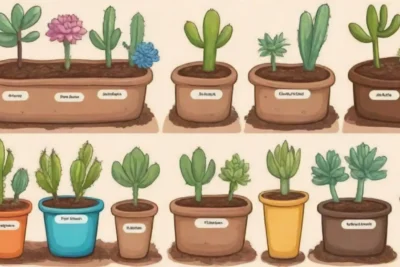

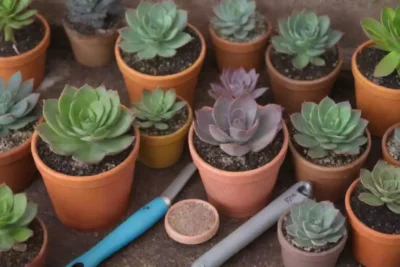

You Must Read